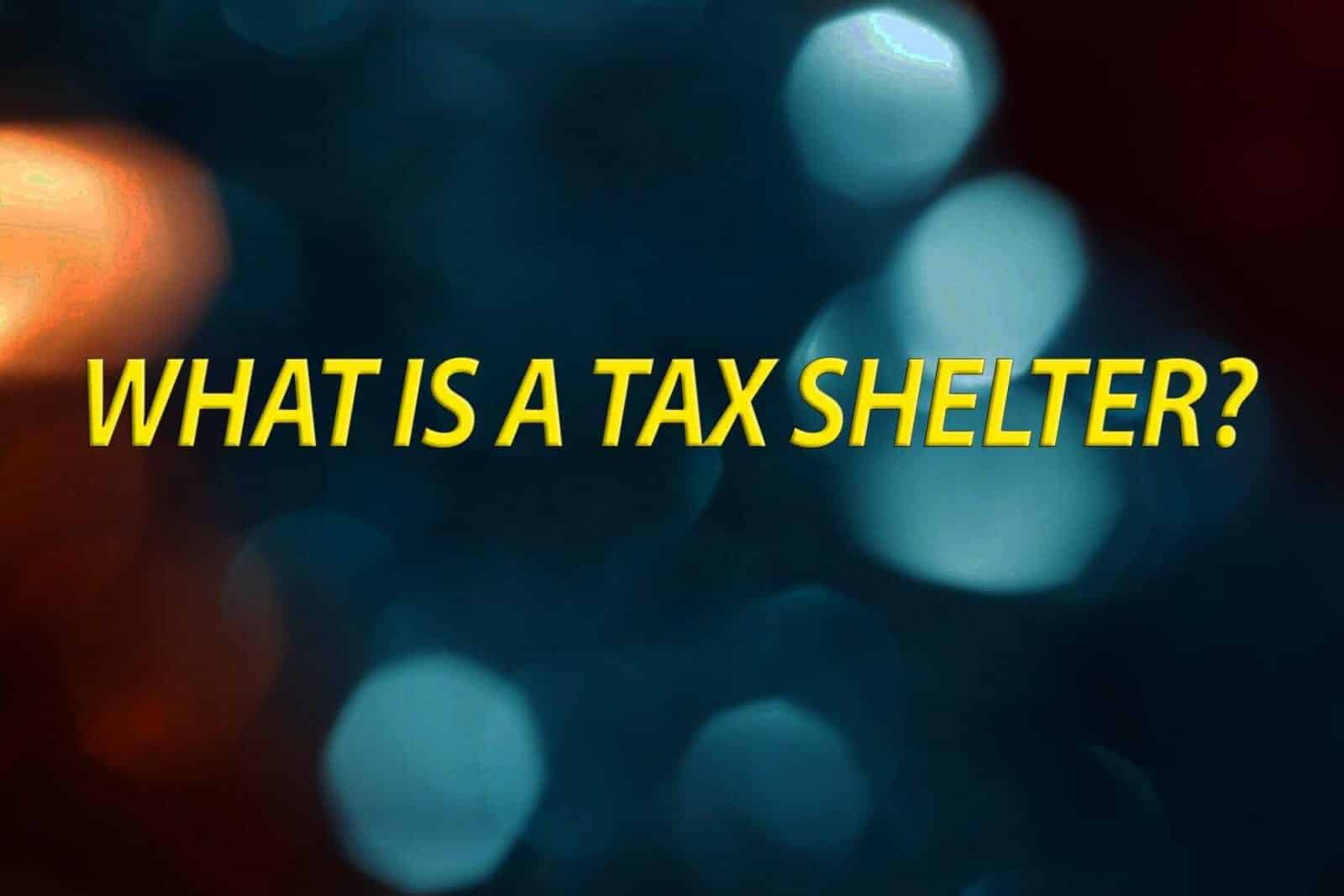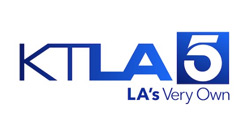
A. Tax Shelters—Generally
The Tax Court has consistently disallowed losses, deductions, and credits from transactions it deems to be “tax shelters.” A tax shelter is, among other things, any investment that has a “tax shelter ratio” exceeding 2 to 1. The tax shelter ratio is the aggregate amount of deductions to the amount invested.
The courts attack such sheltered transactions using the sham transaction doctrine (discussed on this website), or by disregarding the form the transaction takes to determine the “true” associated income tax consequences. To be respected, transactions are required to be motivated by business considerations, rather than by attractive tax avoidance benefits obtained via the use of meaningless labels.
B. Factors Considered by the Tax Court
The Tax Court has adopted a unified test to identify generic tax shelters based on the “economic substance doctrine” and factors associated with the “not for profit regulations.” The tax court defines a generic tax shelter as a one that lacks statutory authority and analyzes whether:
- The promotional materials focus on the tax benefits of the structure.
- The taxpayers utilizing the shelter accepted the terms of purchase without price negotiation.
- The assets purchased consist of prepackaged property rights that are difficult to value in the thin air environment in which they are sold and, invariably, are substantially overvalued in relation to the property rights actually purchased.
- The property rights were acquired or created at a comparatively low cost shortly before the transactions under scrutiny.
- The consideration is deferred via promissory notes that are often nonrecourse in form or in substance.
Transactions that are identified as generic tax shelters in the past have included investments in the cable television industry, master music recordings, inventions, mining activities, films rights, art packages, videotape recordings, and luxury yacht leasing arrangements.












